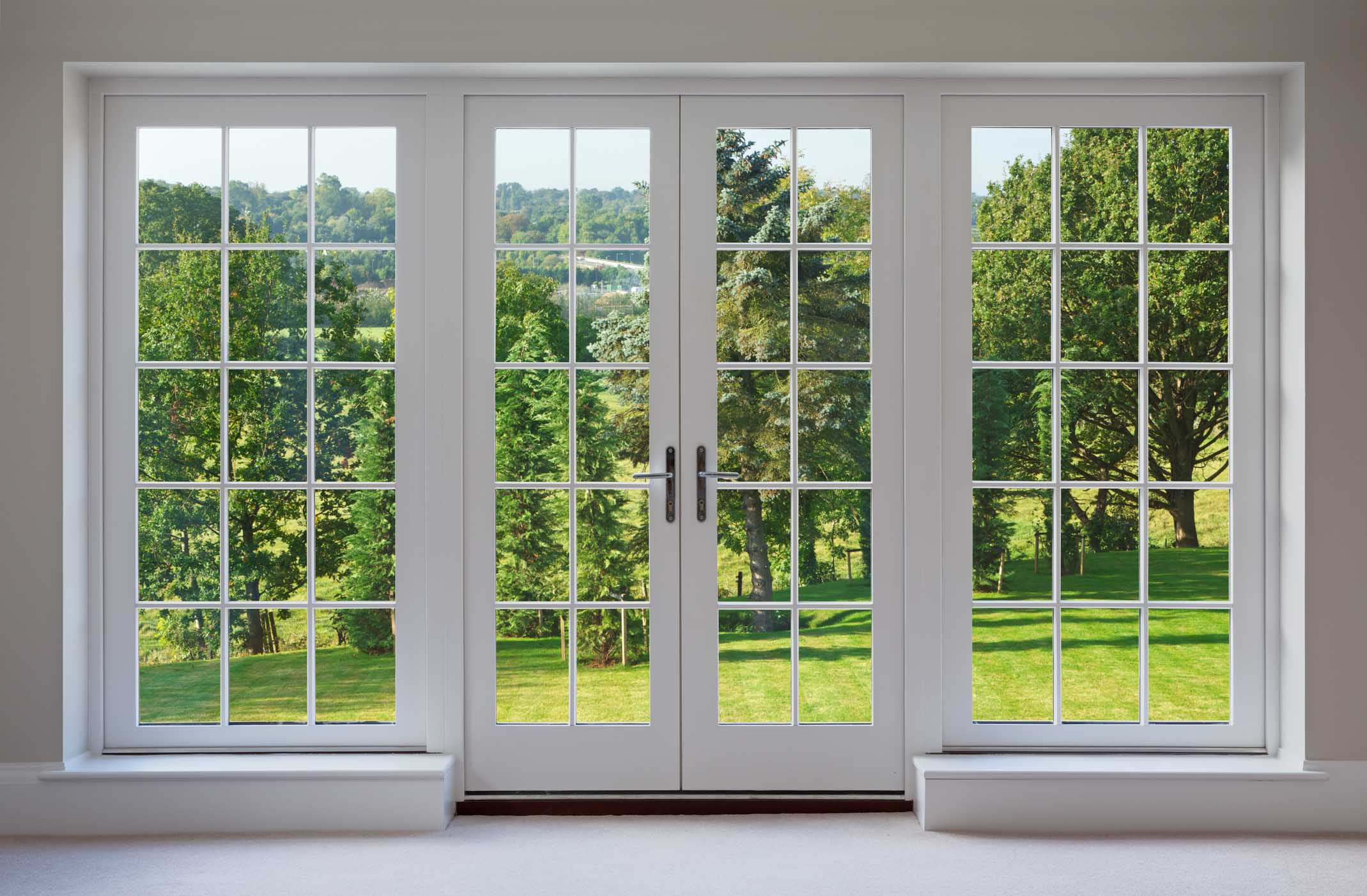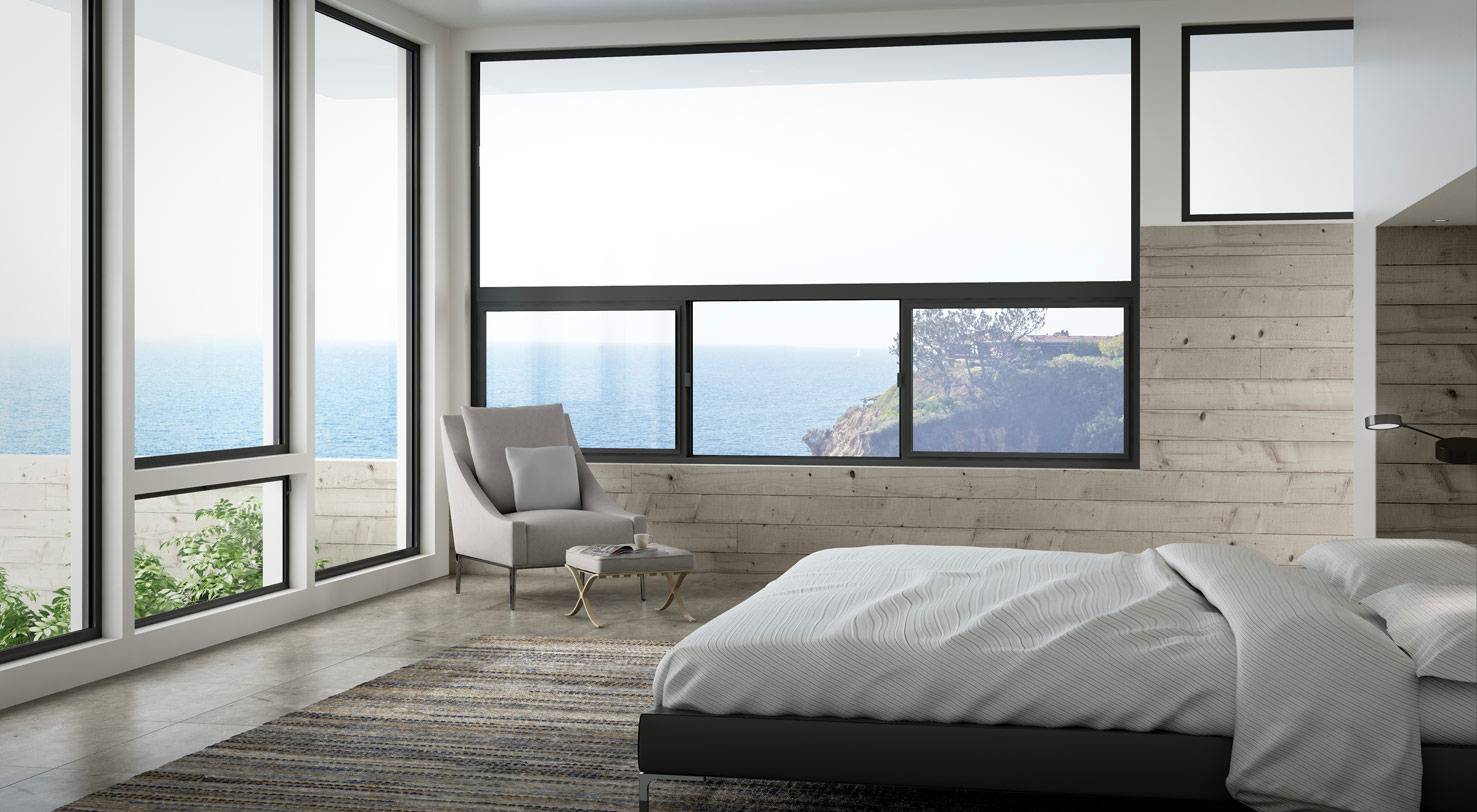All Categories
Featured
Table of Contents
Climateframe Double Glazing: Perth's Double Glazed ... in Henley Brook WA
Glazing merely indicates the windows in your house, including both openable and fixed windows, as well as doors with glass and skylights. Glazing in fact simply means the glass part, however it is usually utilized to refer to all elements of an assembly including glass, movies, frames and home furnishings. Taking note of all of these aspects will help you to achieve efficient passive design.

Energy-efficient glazing makes your home more comfortable and dramatically lowers your energy expenses. Unsuitable or poorly developed glazing can be a major source of unwanted heat gain in summertime and significant heat loss and condensation in winter. Up to 87% of a home's heating energy can be acquired and up to 40% lost through windows.
Does Double Glazing Have A Vacuum? in Martin WA
Glazing is a considerable investment in the quality of your home. An initial investment in energy-efficient windows, skylights and doors can greatly lower your yearly heating and cooling bill.

This tool compares window selections to a base level aluminium window with 3mm clear glass. Understanding a few of the key residential or commercial properties of glass will help you to choose the finest glazing for your house. Secret properties of glass Source: Adjusted from the Australian Window Association The quantity of light that goes through the glazing is known as noticeable light transmittance (VLT) or visible transmittance (VT).
Double Glazing Vs Triple Glazing For Windows (2023) in Bicton Perth
This may lead you to change on lights, which will result in higher energy costs. Conduction is how easily a product performs heat. This is known as the U worth. The U worth for windows (expressed as Uw), explains the conduction of the entire window (glass and frame together). The lower the U value, the higher a window's resistance to heat flow and the much better its insulating value.
If your home has 70m2 of glazing with aluminium frames and clear glass with a U value of 6. 2W/m2 C, on a winter season's night when it is 15C cooler outside compared to indoors, the heat loss through the windows would be: 6. 2 15 70 = 6510W That is equivalent to the overall heat output of a large room gas heating system or a 6.
Double Glazed Windows Melbourne in Marangaroo Perth

If you pick a window with half the U value (3. 1W/m2 C) (for instance, double glazing with an argon-filled gap and less-conductive frames), you can halve the heat loss: 3. 1 15 70 = 3255W The solar heat gain coefficient (SHGC) for windows (revealed as SHGCw) determines how easily heat from direct sunlight flows through an entire window (glass and frame together).
The lower a window's SHGC, the less solar heat it transmits to the home interior. Glazing producers declare an SHGC for each window type and style. The real SHGC for windows is impacted by the angle that solar radiation strikes the glass. This is referred to as the angle of incidence.
Double Glazed Windows Sydney & Replacement Windows in Mariginup WA
When the sun is perpendicular (at 90) to the glass, it has an angle of occurrence of 0 and the window will experience the maximum possible solar heat gain. The SHGC stated by glazing makers is constantly determined as having a 0 angle of occurrence. As the angle increases, more solar radiation is shown, and less is transferred.
Table of Contents
Latest Posts
Fitting A Cabin In Your Garden? Get Double Glazing Fitted Too in Connolly Perth
Brisbane's Best Double Glazed Windows in Stirling Western Australia
Twinglaze® Double Glaze Specification Act - Vic in Bickley Western Australia
More
Latest Posts
Fitting A Cabin In Your Garden? Get Double Glazing Fitted Too in Connolly Perth
Brisbane's Best Double Glazed Windows in Stirling Western Australia
Twinglaze® Double Glaze Specification Act - Vic in Bickley Western Australia